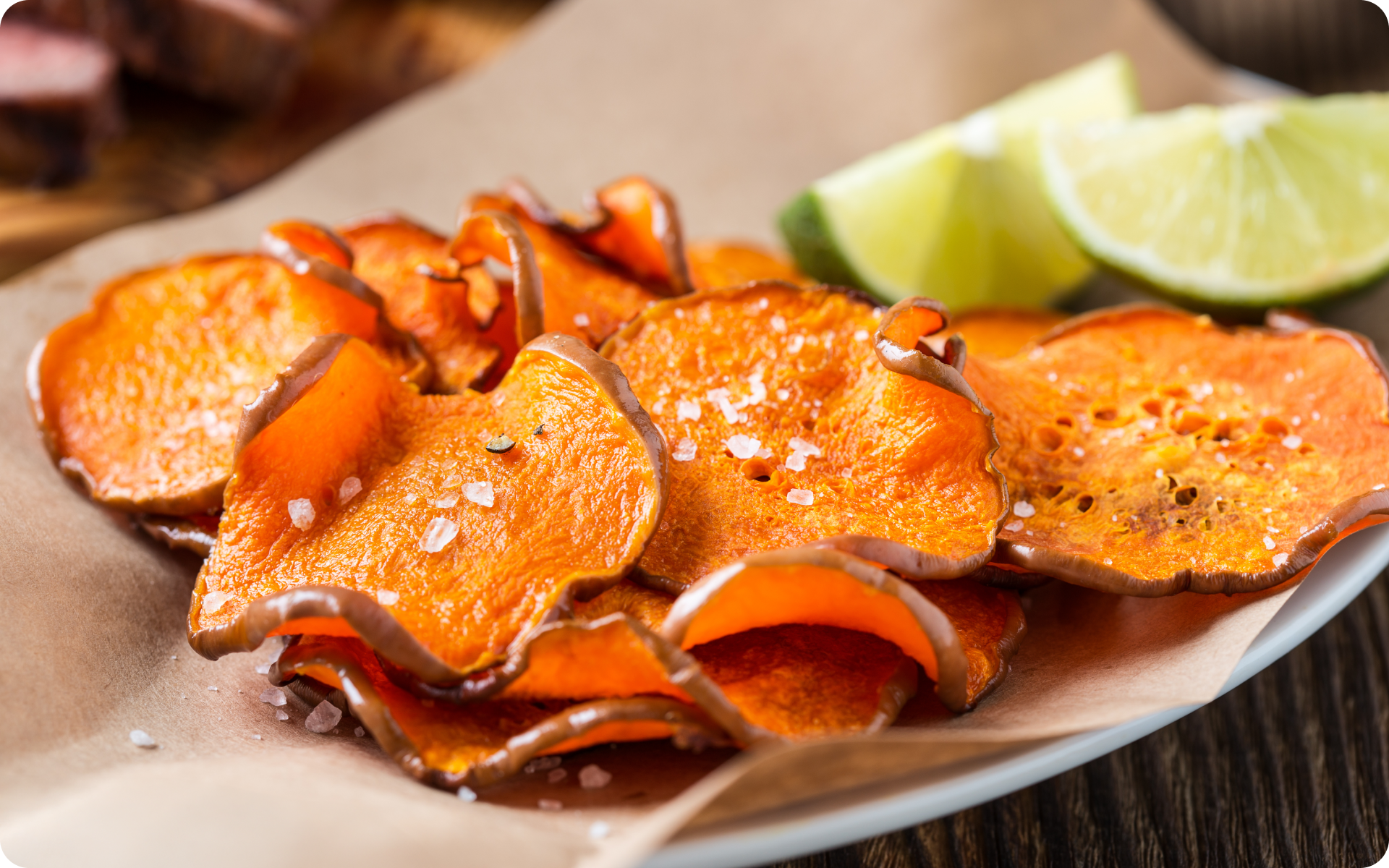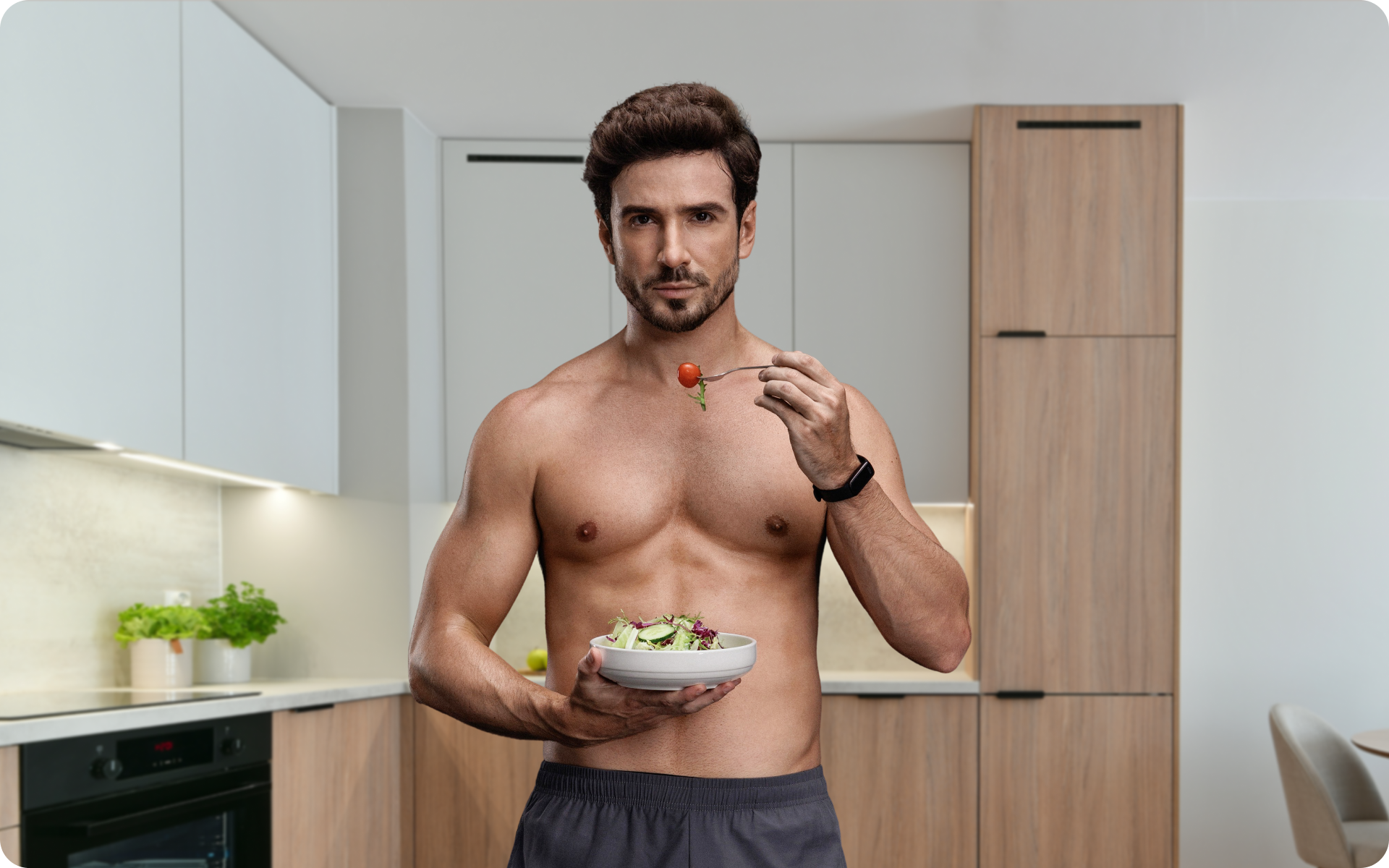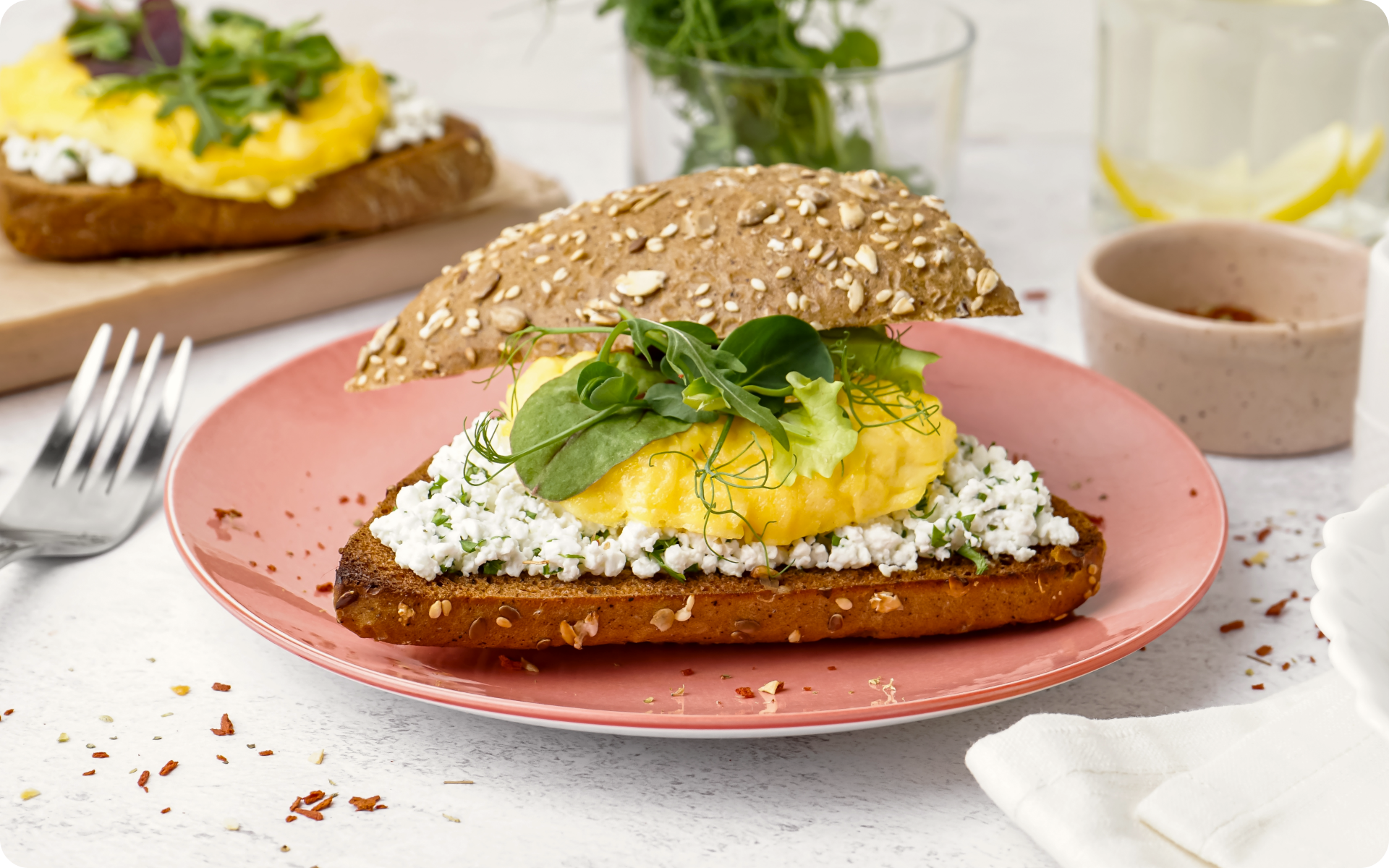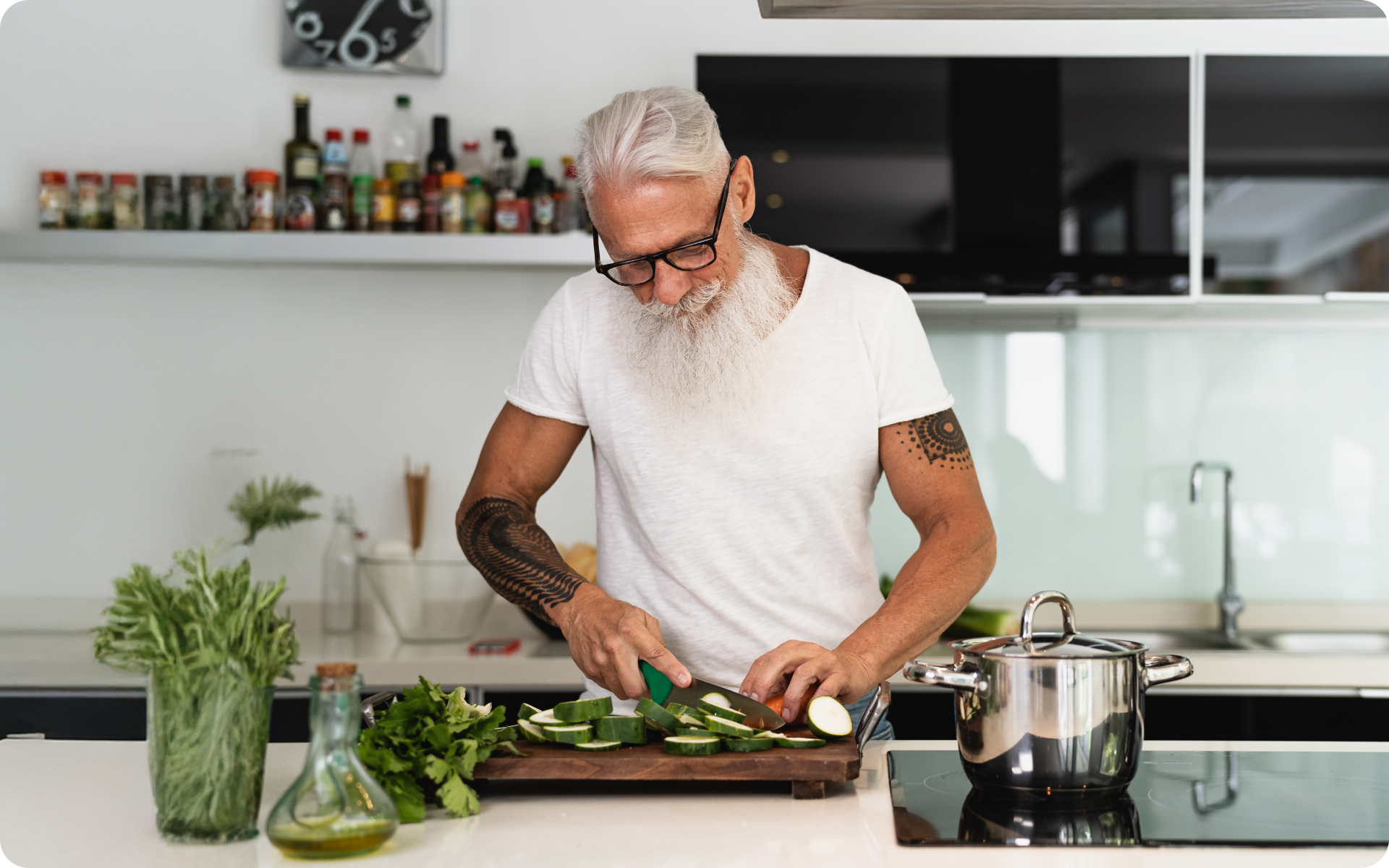Have you ever wondered what 4,000 calories a day would look like? Or better yet, have you ever considered what eating 4,000 calories a day would do to your body? For many people, this may seem like an impossible task. However, you would be surprised to learn that some people live most of their lives on a 4,000-calorie-a-day meal plan.
Do You Need to Consume 4,000 Calories a Day?
No, you don’t. 4,000 calories a day is too much for the average person to consume. So, how many calories does the average person need in a day?
Your average daily calorie needs are determined by a variety of factors, including your age, gender, height, and level of daily physical activity. However, it is estimated that the average woman requires 1,600 to 2,000 calories a day to maintain their weight while the average man requires 2,000 to 3,000 calories a day as a norm (1).
Anyone who is looking to lose weight would need to reduce their energy intake by 500 to 1,000 calories a day, with the minimum number of calories to stay healthy being 1,200 calories for women and 1,500 for men (2).
At the same time, people who are looking to gain weight slowly and steadily would need to bring up their daily energy intake by 300 to 500 calories a day – 700 to 1,000 more calories for fast weight gain (13).
With this in mind, it is clear to see that for the average person, a 4,000-calorie daily meal plan would be too much.
Who Can Eat 4,000 Calories a Day?
Just because consuming 4,000 calories a day for a month or even longer is difficult for most people, that doesn’t mean it’s an impossibility. People who regularly eat huge healthy bulking meals that are 4,000 calories or more include:
- Bodybuilders – While preparing for a competition, a 200-pound (91 kg) bodybuilder may need to consume 4,000 calories a day as a bulking diet for maximum muscle building (11).
- Basketball, football, and rugby players – A lot of running, pushing, and jumping is involved in these sports. Such cardio activities burn a lot of calories and players need to eat enough to ensure their bodies keep up with their chosen sport. Players may need to consume anything between 3,000 and 4,500 calories a day (9).
- Endurance athletes such as cyclists, swimming competitors, marathon runners, and rowers. Endurance sports are not only high-intensity exercises, they also require repeated isotonic contractions of large skeletal muscle groups (7). Without enough fuel for their muscles, there is no way anyone could successfully compete in these sports. Depending on the type and intensity of the sport, these athletes could end up consuming 3,000 to 8,000 calories a day or more. Olympic winner Michael Phelps once confessed to eating 12,000 calories a day before Olympic competition (9).
How to Eat 4,000 Calories a Day
It can be quite easy to reach 4,000 calories a day if you fill up on unhealthy fast foods as they are loaded with calories and fats. However, getting 4,000 calories a day for bulking through a healthy meal plan can be quite daunting.
The sheer volume of what you would need to eat to get all these calories from healthy meals is much greater than if you were to simply consume high-fat, high-carb, unhealthy foods. That being said, you shouldn’t let this discourage you from your bulking goals.
BetterMe app will provide you with a host of fat-frying fitness routines that’ll scare the extra pounds away and turn your body into a masterpiece! Get your life moving in the right direction with BetterMe!
You can use the following tips to help you eat this much food without feeling as if you are stuffing yourself:
Eat smaller meals throughout the day
While some people may find it easier to eat larger and more calorie-dense meals, beginners to bulking may not be as comfortable.
After all, not everyone wants to have a 1,000-calorie smoothie in one sitting. Try eating smaller calorie-dense meals in five or six meals (or more) to prevent this.
Opt for nutrient-dense foods
Once again, consuming 4,000 calories a day does not mean that you should indulge in all the pizza and burgers you can find.
While you will reach your required calorie intake for the day much quicker (and with less food), what you are eating is just empty calories with little or no nutrition. This will not help you achieve your body goals (if you are a bodybuilder) or it will make you lethargic on the field (if you are a sportsman/woman), affecting your performance.
You should always choose nutrient-rich foods as they are low in added sugar, sodium, simple carbohydrates, and unhealthy fats while being full of vitamins and minerals to help nourish and keep you healthy (3).
Drink more smoothies and shakes
When it comes to easy bulking meals, there is nothing easier or quicker than a smoothie. It is often less of a hassle to drink your calories rather than eat them.
Keep your smoothies and shakes healthy as well as calorie- and nutrient-dense by using healthy ingredients such as milk, fruit, nuts, green vegetables, and seeds.
Adding 1 or 2 scoops of protein powder (either whey or plant-based) is also a good way to increase your daily protein intake – which is great for muscle growth and strength – and increase the calorie count.
Snack more
But only if the snacks are healthy. Popular healthy and nutritious snack options include nuts, peanut butter, cheese, dried fruits, and avocados.
Top up your meals
Add some nuts and seeds to your salads, top your rice with an egg, add an extra drizzle of oil to your salad, use some cheese in your meals, or make some soups with milk rather than water or broth (12).
How to Eat 4,000 Calories a Day Healthy
As we have stated above, eating 4,000 calories a day from whole, unprocessed, or minimally processed foods, such as fruits, vegetables, whole grains, healthy fats, and lean proteins, can be challenging. While junk food would make the process much easier, this could lead to side effects, including (15):
- Increased risk of insulin resistance, type 2 diabetes, and unwanted weight gain
- An increase in LDL (bad cholesterol) and lowering of HDL (good cholesterol) in the body, which increases the risk of cardiovascular disease
- Elevated pressure, leading to heart conditions due to high sodium levels in such foods
- Increased risk of depression and reproductive issues
To avoid the above issues, it is best to have a healthy and well-balanced 4,000-calorie-a-day diet. Your eating plan should include:
Fruits and vegetables
They can lower blood pressure, reduce the risk of heart disease and stroke, help prevent some types of cancer, lower the risk of eye and digestive problems, and positively affect your blood sugar (17).
Dark leafy greens
Great examples include spinach, Swiss chard, kale, romaine lettuce, and collard green. Leafy greens are low in carbohydrates, sodium, and cholesterol but high in fiber, iron, magnesium, potassium, vitamins, and calcium (5).
Animal protein
Such as salmon, skinless chicken, turkey, bison, whole eggs, and lean cuts of beef, such as flank or sirloin steak. Protein is essential for a 4,000-calorie-a-day meal plan as it contributes to greater strength and muscle mass gains when combined with resistance exercise (6).
Read more: Calories in Sweet Potato Fries: Enhance Your Health With Crunchy Delights
Plant-based protein
If you do not consume animal protein due to the cost, ethical reasons, or environmental concerns, plant-based protein is a great way of ensuring that you don’t miss out on the essential macronutrient. Popular plant-based protein sources include tempeh, seitan, tofu, legumes, lentils, and hemp seeds (14).
Whole grains
They are packed with nutrients such as protein, fiber, B vitamins, antioxidants, and trace minerals (iron, zinc, copper, and magnesium). Whole grains help reduce the risk of heart disease, type 2 diabetes, obesity, and some forms of cancer (18). Some examples include oats, brown rice, whole grain breads, whole wheat pastas, and quinoa.
Dairy
Milk and other dairy products are fantastic sources of protein. They are also higher in calories than most plant-based options, which means they will help you reach your 4,000-calorie-a-day goal faster.
Healthy fats and oils
These can be found in nuts and seeds such as almonds, walnuts, and flax seeds. They can also be found in olive oil, avocados, and nut butters such as natural peanut or almond butter.
How to Eat 4,000 Calories a Day If You’re Vegan
The only difference between a vegan meal plan and a normal meal plan is the source of protein. Vegans do not eat animal protein or products. This means that all meat, fish, milk, and dairy products are prohibited on the 4,000-calorie-a-day vegan meal plan.
As a vegan, your diet will consist of all the aforementioned factors of a balanced diet, with the exception of animal protein. You can also substitute dairy with plant-based milks such as oat milk, cashew milk, almond milk, and coconut milk. Look for plant-based milks that have added plant protein.
Sample of a 4,000-calorie-a-day meal plan
Option one
Meal 1 – Breakfast 1
1 scoop whey protein and 2 cups unsweetened almond milk
Cals: 178. Fats: 7 g. Proteins: 26 g. Carbs: 4 g.
Meal 2 – Breakfast 2
1 cup rolled oats, 1 medium-sized red apple, 4 large boiled eggs
Cals: 705. Fats: 27 g. Proteins: 36 g. Carbs: 81 g.
Meal 3 – Chicken and sweet potatoes
226 g boiled chicken, 226 g boiled sweet potato, 1 cup broccoli florets, 1.5 tbsp extra virgin olive oil
Cals: 614. Fats: 23 g. Proteins: 60 g. Carbs: 50 g.
Meal 4 – Tuna sandwich
2 slices whole-wheat bread, 5 whole wheat crackers, 1 can tuna (in water), 1 tbsp reduced-fat mayo, 1.5 tbsp extra virgin olive oil
Cals: 612. Fats: 32 g. Proteins: 32 g. Carbs: 55 g.
Meal 5 – Snack
1 serving of almonds – approximately 23 almonds
Cals: 160. Fats: 13.8 g. Proteins: 5.8 g. Carbs: 5.9 g.
Meal 6 – Protein shake and sandwich
1.5 scoops whey protein, 20 g dextrose, 2 slices whole wheat bread, 2 tbsp peanut butter, 1 tbsp grape jelly
Cals: 627. Fats: 20 g. Proteins: 43 g. Carbs: 76 g.
Meal 7 – Post-workout smoothie
2 tbsp dextrose, 1/2 cup oats, 1.5 scoops whey protein powder
Cals: 377. Fats: 5 g. Proteins: 34 g. Carbs: 49 g.
Meal 8 – Dinner
226 g boiled chicken, 1 cup cooked jasmine rice, 2 cups unsweetened almond milk, 1 cup broccoli
Cals: 505. Fats: 7 g. Proteins: 62 g. Carbs: 5 g.
Meal 9 – Late night snack
1/2 cup low-fat cottage cheese and 1/4 cup 4% cottage cheese
Cals: 155. Fats: 5 g. Proteins: 21 g. Carbs: 7 g.
Total intake for the day: Calories: 3,933. Fats: 139 g. Proteins: 319 g. Carbs: 379 g.
Betterme will keep you laser-focused on your weight loss journey! Nutrient-packed meal plans, fat-blasting workouts, galvanizing challenges and much more. Try using the app and see for yourself!
Option Two
Meal 1 – Egg and cheese sandwich
200 g egg whites, 4 whole eggs, 2 small bananas, 3 slices low-fat cheese, 3 buns flaxseed bread loaves
Cals: 1,140. Fats: 36 g. Proteins: 90 g. Carbs: 114 g.
Meal 2 – Yogurt bowl
500 g low-fat yogurt, 124 g sliced bananas, 100 g granola, 20 g peanut butter
Cals: 840. Fats: 20 g. Proteins: 58 g. Carbs: 107 g.
Meal 3 – Post-workout smoothie
250 g blueberries, 484 g bananas (approximately 4 large bananas), 200 g egg whites, 200 g oat milk, 60 g whey protein
Cals: 1,028. Fats: 12 g. Proteins: 711 g. Carbs: 159 g.
Meal 4 – Rice and beef
226 g cooked ground beef, 200 g uncooked basmati rice, 1 slice low-fat cheese
Cals: 4,020. Fats: 80 g. Proteins: 285 g. Carbs: 540 g.
Total intake for the day: Calories: 4,020. Fats: 80 g. Proteins: 285 g. Carbs: 540 g.
Sample of a vegan 4,000-calorie-a-day meal plan
Meal 1 – Coffee
1 cup black coffee and 1/4 cup dairy-free soy creamer
Cals: 85. Fats: 4 g. Proteins: 0 g. Carbs: 12 g.
Meal 2 – Overnight oats
1 cup rolled oats, 1 tbsp chia seeds, 1 cup almond milk, 1 ½ tsp peanut butter
Cals: 443. Fats: 16 g. Proteins: 15 g. Carbs: 63 g.
Meal 3 – Tuna pasta
1 cup plant tuna, 4 tbsp vegan mayo, 800 g cooked whole wheat fusilli pasta
Cals: 1,562. Fats: 32 g. Proteins: 60 g. Carbs: 246 g.
Meal 4 – Buddha Bowl
1 medium-sized sweet potato, 3 tbsp tahini, 1 cup cooked quinoa, 30 g baby spinach, 1 can roasted beets
Cals: 861. Fats: 38 g. Proteins: 28 g. Carbs: 102 g.
Meal 5 – Smoothie
4 medium-sized bananas, 1 cup unsweetened almond milk, 1 1/2 cups unsweetened coconut milk, 1 scoop plant protein powder, 1 tbsp turmeric powder
Cals: 653. Fats: 13 g. Proteins: 30 g. Carbs: 117 g.
Meal 6 – Snack
1 vegan cookie and 1 cup watermelon
Cals: 406. Fats: 8 g. Proteins: 17 g. Carbs: 68 g.
Total intake for the day: Calories: 4,010. Fats: 111 g. Proteins: 151 g. Carbs: 607g.
Read more: How Many Calories in a Banana? And the Secret to Losing Weight With Bananas
If I Eat 4,000 Calories a Day, How Much Weight Will I Gain?
If you are looking to add a couple of pounds, healthy and gradual weight gain allows you to add 1 to 2 pounds per week. As previously stated, this can easily be achieved through an increase of 300 to 500 calories to your everyday caloric intake (13).
However, if you look at your normal calorie intake and realize that adding 300 – 500 calories a day does not level out to 4,000 calories a day, this means that you will be eating too much.
While this may initially sound like a good idea, it may quickly turn into one of your biggest regrets. Excessive calorie consumption is not good for your health and has many risks (8).
Eating too much can lead to excess weight gain, which can further lead to obesity. Obesity has been linked to an increased risk of high blood pressure, type 2 diabetes, coronary heart disease, stroke, gallbladder disease, osteoarthritis, sleep apnea, and breathing problems (16).
If you insist on a 4,000-calorie-a-day weight gain plan, then we must advise you to combine these meal plans for weight gain with a workout plan that supports muscle growth. This combination will allow you to eat as much as you want and keep your body from storing all these extra calories as fat in the body. Yes, you will gain weight, but it will be from muscle rather than fat.
Depending on your gender, hormonal makeup, genetics, and the intensity of your strength training/weightlifting workout (and some cardio), the 4,000-calorie-a-day bulking meal plan in combination with working out could lead to you gaining approximately 2.5 pounds of muscle per month (10).
It should be noted that a 4,000-calorie-a-day plan for muscle growth will yield different results for everyone, and this is just an estimate.
How Can I Burn 4,000 Calories a Day?
Unless you are among the athletes whose rigorous training burns a massive amount of calories, you cannot burn 4,000 calories a day.
Most women burn 1,600 to 2,000 calories a day and most men burn 2,000 to 3,000 calories per day, depending on factors such as age and activity level. To burn 1 pound of fat, you need to burn approximately 3,500 calories extra over the course of several days to one week (4).
FAQs
Is it OK to eat 4,000 calories a day?
No, it is not. Unless you are an athlete whose rigorous training session demands eating this much, there is no need to consume this many calories in a day.
Will I lose weight if I eat 4,000 calories a day?
No, you won’t. 4,000 calories is almost double what the average person should consume in a day. Instead of losing weight, you will end up gaining an excessive amount of weight, which can be life-threatening
Is 4,000 Calories a lot for a cheat day?
Yes, it is. The goal of a cheat day is to indulge a little – not to go completely overboard.
According to The Telegraph, while there are no specific guidelines for how many calories you can eat on a cheat day, it is advisable not to eat more than 150 percent of your regular calorie intake/limit (19).
Only a person who consumes 2,750 kcal normally can eat 4,000 calories on a cheat day without surpassing the 150% mark.
How much exercise is 4,000 calories?
There is no one exercise that can help you burn 4,000 calories in a single session.
Also, unless you intend to spend most of your day working out, it is an impossibility for the average working person with a relatively normal schedule – you are incredibly unlikely to burn 4,000 calories in a day.
As stated above, only people in specific fields generally have the time and space to work out enough to burn this much energy in a single day.
The Bottom Line
A 4,000-calorie-a-day diet is not for everyone. This type of eating plan is best left to bodybuilders and athletes who truly need this many calories due to their high-intensity workout routines.
For anyone who is looking to gain weight or muscle, it is recommended that you speak to a doctor or dietitian. They can help you determine how many calories you can safely consume to help you achieve your goals without placing your health at risk.
DISCLAIMER:
This article is intended for general informational purposes only and does not serve to address individual circumstances. It is not a substitute for professional advice or help and should not be relied on for making any kind of decision-making. Any action taken as a direct or indirect result of the information in this article is entirely at your own risk and is your sole responsibility.
BetterMe, its content staff, and its medical advisors accept no responsibility for inaccuracies, errors, misstatements, inconsistencies, or omissions and specifically disclaim any liability, loss or risk, personal, professional or otherwise, which may be incurred as a consequence, directly or indirectly, of the use and/or application of any content.
You should always seek the advice of your physician or other qualified health provider with any questions you may have regarding a medical condition or your specific situation. Never disregard professional medical advice or delay seeking it because of BetterMe content. If you suspect or think you may have a medical emergency, call your doctor.
SOURCES:
- Appendix 2. Estimated Calorie Needs per Day, by Age, Sex, and Physical Activity Level (2002, health.gov)
- Calorie counting made easy (n.d, health.harvard.edu)
- Changing Your Diet: Choosing Nutrient-rich Foods (2019, familydoctor.org)
- Counting calories: Get back to weight-loss basics (2020, mayoclinic.org)
- Dark Green Leafy Vegetables (2023, ars.usda.gov)
- Dietary Protein and Muscle Mass: Translating Science to Application and Health Benefit (2019, ncbi.nlm.nih.gov)
- Endurance training: is it bad for you? (2016, ncbi.nlm.nih.gov)
- Here’s What Mark Zuckerberg’s 4,000-Calories-a-Day Diet Can Do to Your Body (2023, healthline.com)
- How Many Calories Do Olympic Athletes Need? (2016, npr.org)
- How Much Muscle Weight Can You Gain in a Month? (n.d, livestrong.com)
- How Much Protein Is Too Much in Bodybuilding? (2020, verywellfit.com)
- How to Eat 4000 Calories a Day (2020, livestrong.com)
- How to Gain Weight Fast and Safely (2018, healthline.com)
- Sustaining Protein Nutrition Through Plant-Based Foods (2018, frontiersin.org)
- The Effects of Fast Food on the Body (2018, healthline.com)
- The Health Effects of Overweight and Obesity (2020, cdc.gov)
- Vegetables and Fruits (n.d, hsph.harvard.edu)
- Whole grain intake, diet quality and risk factors of chronic diseases: results from a population-based study in Finnish adults (2023, link.springer.com)
- Why you should take a cheat day from your diet, and how many calories to eat (2022, telegraph.co.uk)












